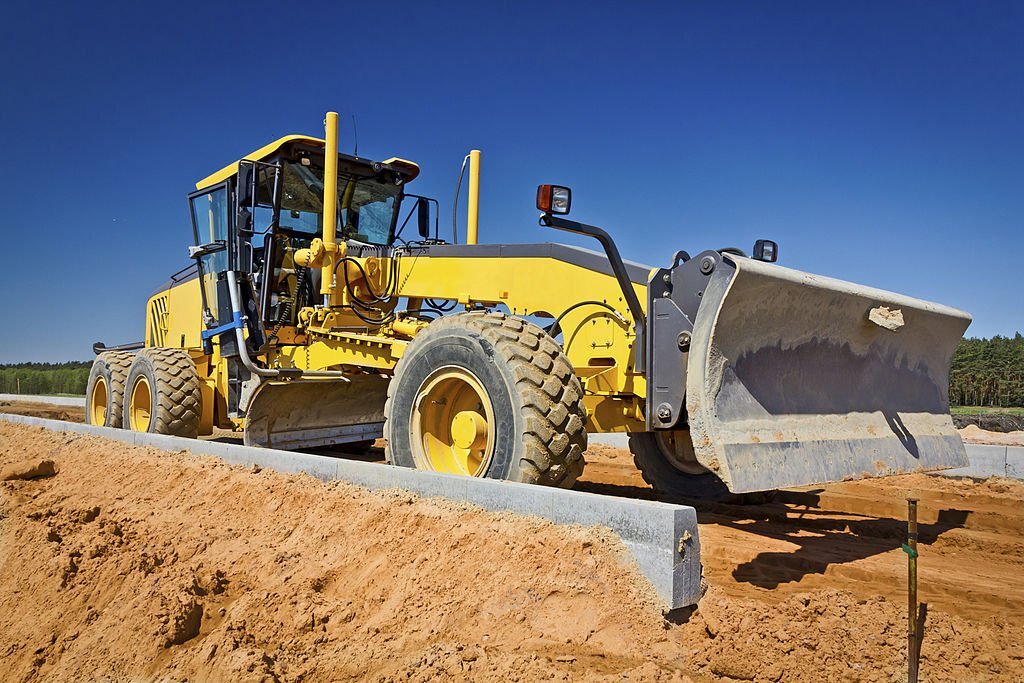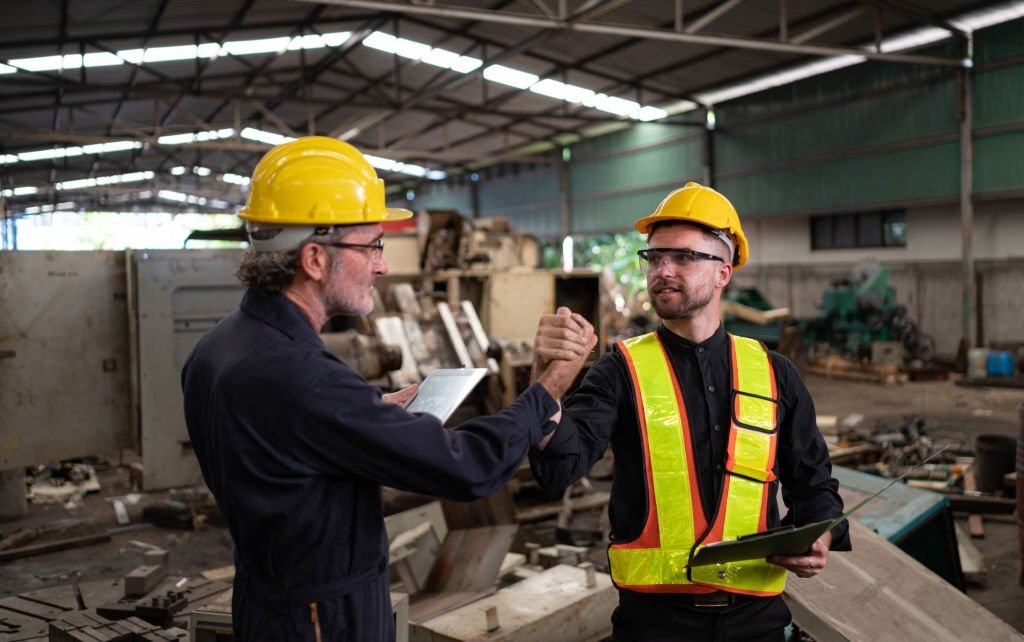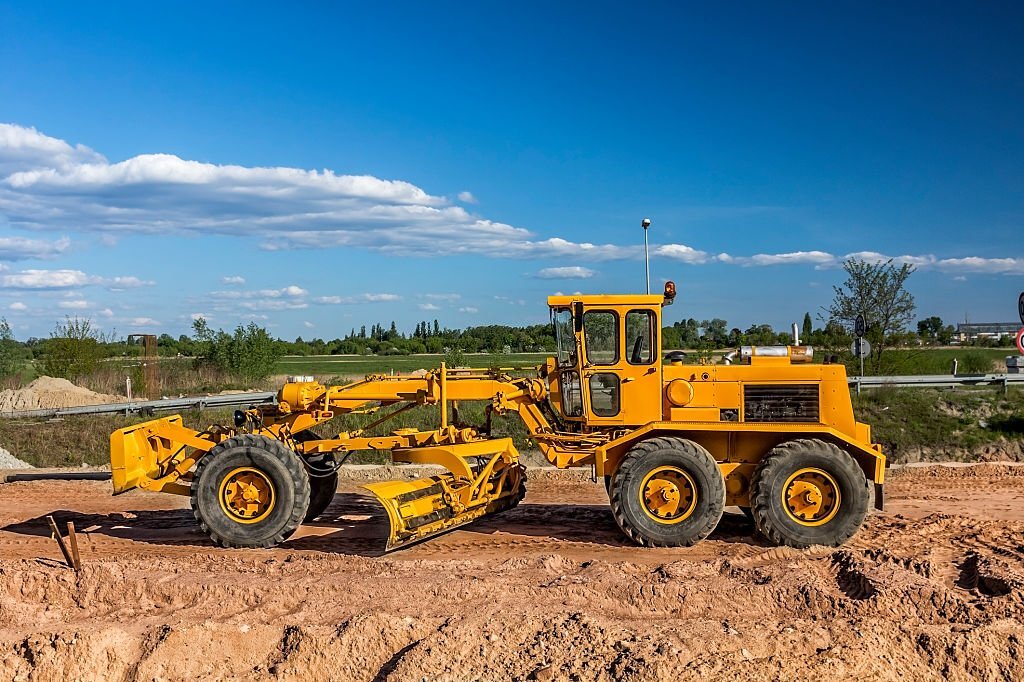Introduction:
Natural disasters, with their formidable force, can bring entire communities to their knees, leaving a path of devastation that requires immediate and adept intervention. In the aftermath of such catastrophic events, the role of earthmoving equipment becomes paramount in orchestrating an effective response and facilitating robust recovery. These heavy machines, including bulldozers, excavators, and loaders, stand as the vanguard in the arduous task of debris removal, creating essential pathways for emergency teams and relief supplies to access affected areas. Moreover, they play a pivotal role in the intricate process of infrastructure reconstruction, ensuring that the foundations for rebuilding are laid promptly and efficiently. The restoration of normal life hinges on the versatility of earthmoving equipment, as it not only addresses immediate concerns like debris clearance but also contributes significantly to the overall recovery process. In essence, these machines become the backbone of resilience, aiding communities in their journey to rebuild, recover, and emerge stronger in the face of adversity.

The Role of Earthmoving Equipment in Disaster Response:
Debris Removal:
In the aftermath of a disaster, the urgency lies in swiftly clearing debris to gain access to affected areas and initiate life-saving efforts. Earthmoving equipment, comprising essential tools like bulldozers, excavators, and loaders, becomes the linchpin in this critical phase. These heavy machines are instrumental in the meticulous clearance of roads, pathways, and building sites, effectively creating passageways for rescue teams and urgently needed relief supplies. Bulldozers excel in pushing aside large volumes of rubble, excavators delicately navigate through intricate spaces for targeted debris removal, while loaders efficiently transport materials to facilitate the restoration process. The seamless collaboration of these earthmoving giants ensures not only the accessibility of emergency response teams but also paves the way for the timely delivery of aid, contributing significantly to the overall efficiency of disaster relief operations.
Search and Rescue Support:
The indispensable role of earthmoving machinery in disaster response extends to providing crucial support for search and rescue operations. These heavy-duty machines prove invaluable by efficiently clearing rubble and forging pathways through the chaos, facilitating swift access to survivors. Their versatility is a key asset, allowing them to navigate through challenging terrains with ease, including areas with uneven landscapes, debris-strewn paths, and other obstacles that could impede conventional rescue efforts. This adaptability ensures that search and rescue teams can reach even the most inaccessible areas promptly, minimizing the time it takes to provide essential aid and assistance to those in need. The efficient deployment of earthmoving machinery in these critical moments not only accelerates the search and rescue process but also enhances the overall effectiveness of emergency response efforts during the aftermath of a disaster.
Emergency Infrastructure Repair:

Earthmoving equipment plays a pivotal role in meeting urgent infrastructure requirements in the aftermath of a disaster. Its instrumental contribution extends beyond debris clearance, encompassing the immediate repair and restoration of essential services. These heavy machines adeptly fill gaps in roads, providing essential connectivity to isolated areas and facilitating the movement of emergency response teams and resources. Moreover, they play a crucial role in the creation of makeshift bridges, overcoming obstacles and ensuring the accessibility of critical locations. This rapid response to infrastructure needs is paramount in preventing the escalation of the crisis, as it enables the seamless flow of aid, medical assistance, and other vital resources to affected areas. The versatility of earthmoving equipment proves indispensable in these situations, demonstrating its ability to adapt to diverse challenges and contribute significantly to the swift recovery of communities grappling with the aftermath of a disaster.
Earthmoving Equipment in Disaster Recovery:
- Infrastructure Rebuilding: Post-disaster, the focus shifts to rebuilding communities and infrastructure. Earthmoving equipment is indispensable in the reconstruction process, aiding in the leveling of ground, excavation, and laying foundations for new structures.
- Landscaping and Rehabilitation: The aftermath of disasters often requires extensive landscaping to prevent erosion, manage water flow, and rehabilitate the natural environment. Earthmoving machinery is crucial in reshaping landscapes and restoring ecological balance.
- Efficient Resource Management: Earthmoving equipment enhances efficiency in resource management during recovery operations. Whether transporting construction materials or handling large-scale earthworks, these machines contribute to the optimal utilization of resources, saving time and costs.
Challenges and Innovations:

Undoubtedly, earthmoving equipment plays a pivotal role in disaster response and recovery, yet it grapples with inherent challenges that can impede its optimal functionality. Accessing remote or impassable areas, securing a consistent fuel supply, and ensuring regular maintenance are critical hurdles that demand attention. In response to these challenges, the industry is actively embracing innovative solutions to enhance efficiency and effectiveness. Autonomous machinery emerges as a groundbreaking solution, reducing dependence on human operators in hazardous post-disaster environments.
By leveraging advanced artificial intelligence and robotics, autonomous earthmoving equipment can navigate through challenging terrains and execute tasks with precision. Simultaneously, the integration of cutting-edge GPS technologies facilitates real-time tracking, optimizing the coordination and deployment of earthmoving machinery. These technological advancements not only mitigate operational obstacles but also contribute to a more streamlined and responsive disaster management process, showcasing the industry’s commitment to overcoming challenges and continually improving its capacity to navigate the complexities of disaster response and recovery.
Conclusion:
At the forefront of disaster response and recovery efforts, earthmoving equipment stands as an indispensable cornerstone, showcasing its versatility in navigating the multifaceted challenges posed by crises. As technological advancements surge forward, the integration of smart features within these heavy machines heralds a new era of even more effective disaster management. These innovations encompass enhanced automation, real-time monitoring, and predictive analytics, empowering earthmoving equipment with the capability to operate with unprecedented precision and responsiveness.
Recognizing the pivotal role of earthmoving equipment is paramount for communities aiming to rebuild swiftly and emerge stronger after the trials of natural disasters. Beyond the immediate tasks of debris clearance and infrastructure rebuilding, these machines become symbols of resilience, shaping the landscape for comprehensive recovery. The synergy between human expertise and technological prowess in earthmoving equipment not only expedites recovery operations but also ensures a more strategic and sustainable approach to rebuilding communities. In embracing the evolving capabilities of these heavy machines, communities position themselves at the forefront of disaster resilience, ready to face and overcome the challenges inherent in the wake of natural disasters.



